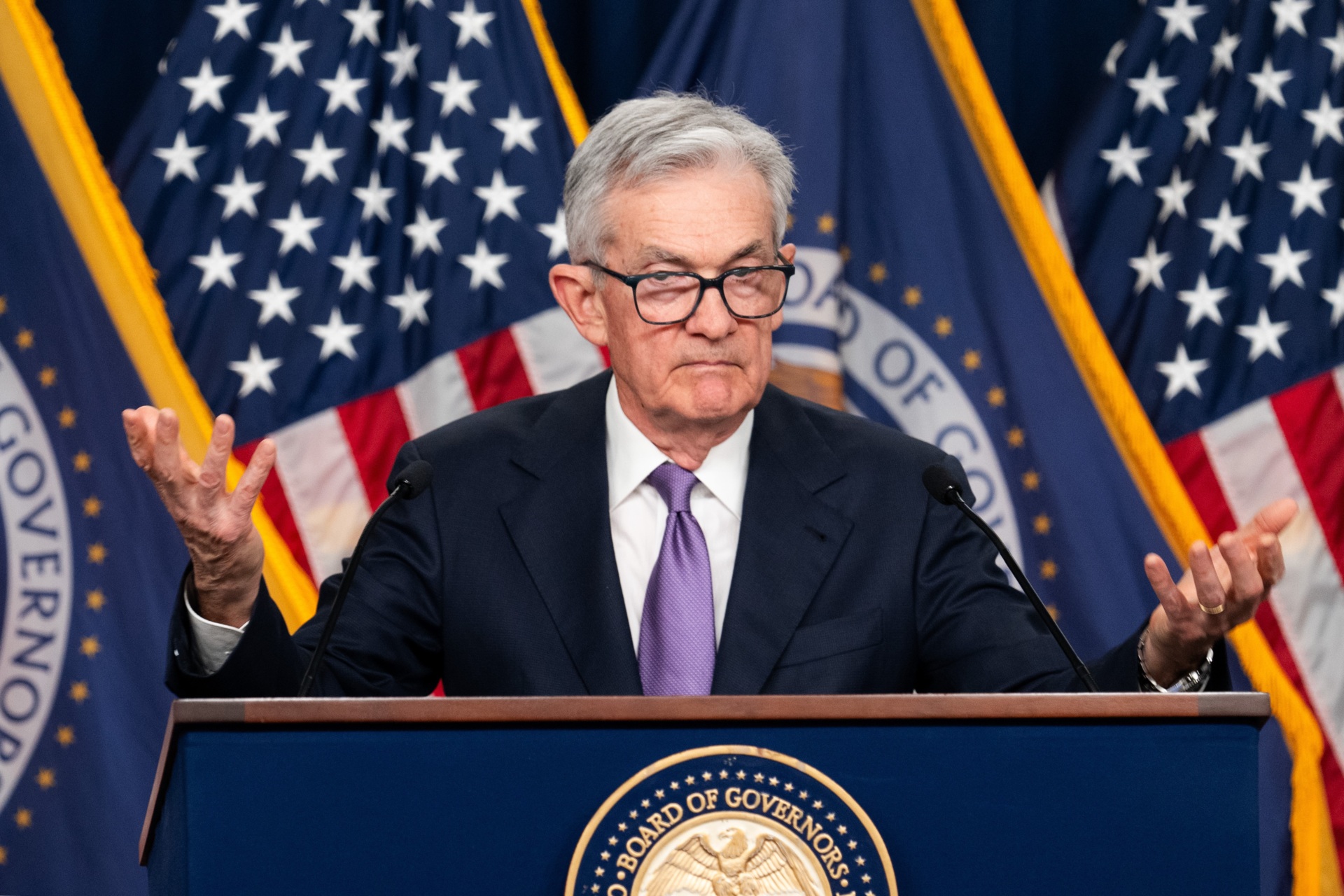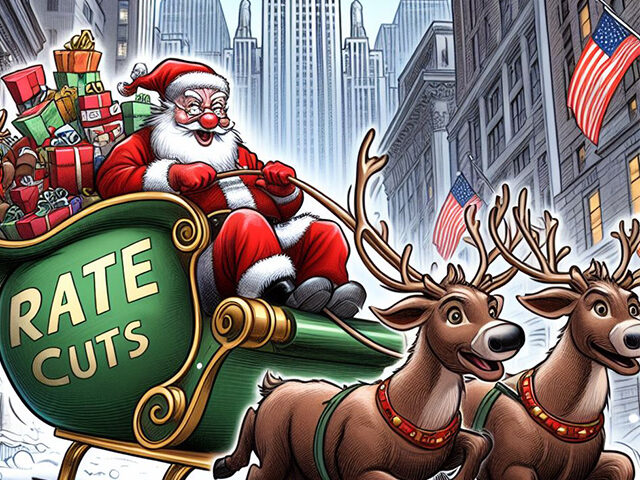Joy to the World, the Fed Is Here
It’s the most wonderful time of the year.
The Christmas miracle of the Federal Reserve’s dovish pivot pushed the yield on the 10-year Treasury below four percent on Thursday, 10 basis points lower than where they ended after yesterday’s sharp decline. The two-year yield fell by about 12 basis points to 4.365, the lowest since the start of June.
Wall Street was also busy decking the halls with blue chip stocks. The Dow Jones Industrial Average rose to a fresh record high as traders decked the halls, even as the Nasdaq slipped a bit.
The market moves reflect the fact that Jerome Powell and his colleagues at the Fed were more dovish than expected.
Prior to around two in the afternoon yesterday, there was some risk that Fed officials would put markets on the naughty list for pricing in four or five hikes next year. The bulk of the data over the past six weeks since the Fed last met has been more or less favorable to the soft-landing thesis. But as stocks and bonds were bid up with each new piece of data, there was a wariness that the Fed officials could decide to stay a bit more hawkish to prevent the market from further loosening financial conditions.
Let Earth Receive Its Cuts
That risk vanished yesterday when Powell gave markets the impression they had nothing to dread. The chances of a Fed cut in March rose above 80 percent, according to the CME Group’s FedWatch Tool. Even the notion that the Fed might cut in January—next month—got a bid, with the odds rising to 20 percent. The market is now pricing in a minimum of five quarter point cuts next year and around a 30 percent chance of seven cuts.
Can those visions of rate cut sugar plums dancing in the heads of bond traders be justified? The Federal Open Market Committee only meets eight times a year. So, markets are pricing in something like a cut at every meeting after the first or second of 2024.
The argument for cuts goes something like this. When the Fed was hiking rates in 2022, it did so with gusto. Now that inflation has come down significantly, the Fed might prove just as eager to rush rates back toward the 2.5 percent level it sees as the long-run average compatible with inflation around two percent and unemployment around four percent. Historically, when the Fed does begin to cut rates, it cuts quite rapidly.
The trouble with this view is that the historical examples of Fed behavior are skewed because past hiking or cutting cycles often revolved around economic emergencies. When the Fed raised rates rapidly in 2022, it was responding to an inflation surge that it had failed to anticipate. When the Fed began to raise rates in March of 2022, inflation was already running at 8.5 percent and had been significantly above the Fed’s target for 12 months. When the Fed rapidly cut rates in 2008 and in 2020, it saw itself as staving off an economic collapse.

Federal Reserve Chair Jerome Powell speaks at a press conference on Dec. 13, 2023, in Washington, DC, following the Federal Open Markets Committee meeting. (Liu Jie/Xinhua via Getty Images)
And Powell and Markets Sing
It does not appear that there will be anything of the sort occurring next year that would prompt the Fed to rush to cut interest rates. The economy is expected to continue to expand next year, albeit at a slightly slower rate than it did last year. The November retail sales numbers—which came in much stronger than expected, especially once you factor out the decline of gasoline prices—are a warning sign that we’re heading into 2024 on a stronger footing than even most of the bulls thought was likely.
The median projection of Fed officials sees the economy growing 1.4 percent next year and the unemployment rate rising to 4.1 percent. Unless growth turns negative, it is hard to see why the Fed would cut rates more aggressively than the three cuts implied by the median projection for the federal funds rate of 4.6 percent by the end of next year. Yet the market assigns that outcome less than a one percent chance of happening.
Surely Fed officials are aware of how unseemly it would appear if they were to rapidly cut rates without a pressing economic need. It would look to many people like an overtly political act, an attempt to stimulate an already growing economy in an election year in which the incumbent’s biggest challenge is the public’s disapproval of his economic policies.
Yet markets do not seem to have any concern for the appearances of the politicalization of the Fed. They are just delighted that they heard Powell say, as he drove out of sight, “Rates cuts for all—and to all a good night.”

COMMENTS
Please let us know if you're having issues with commenting.